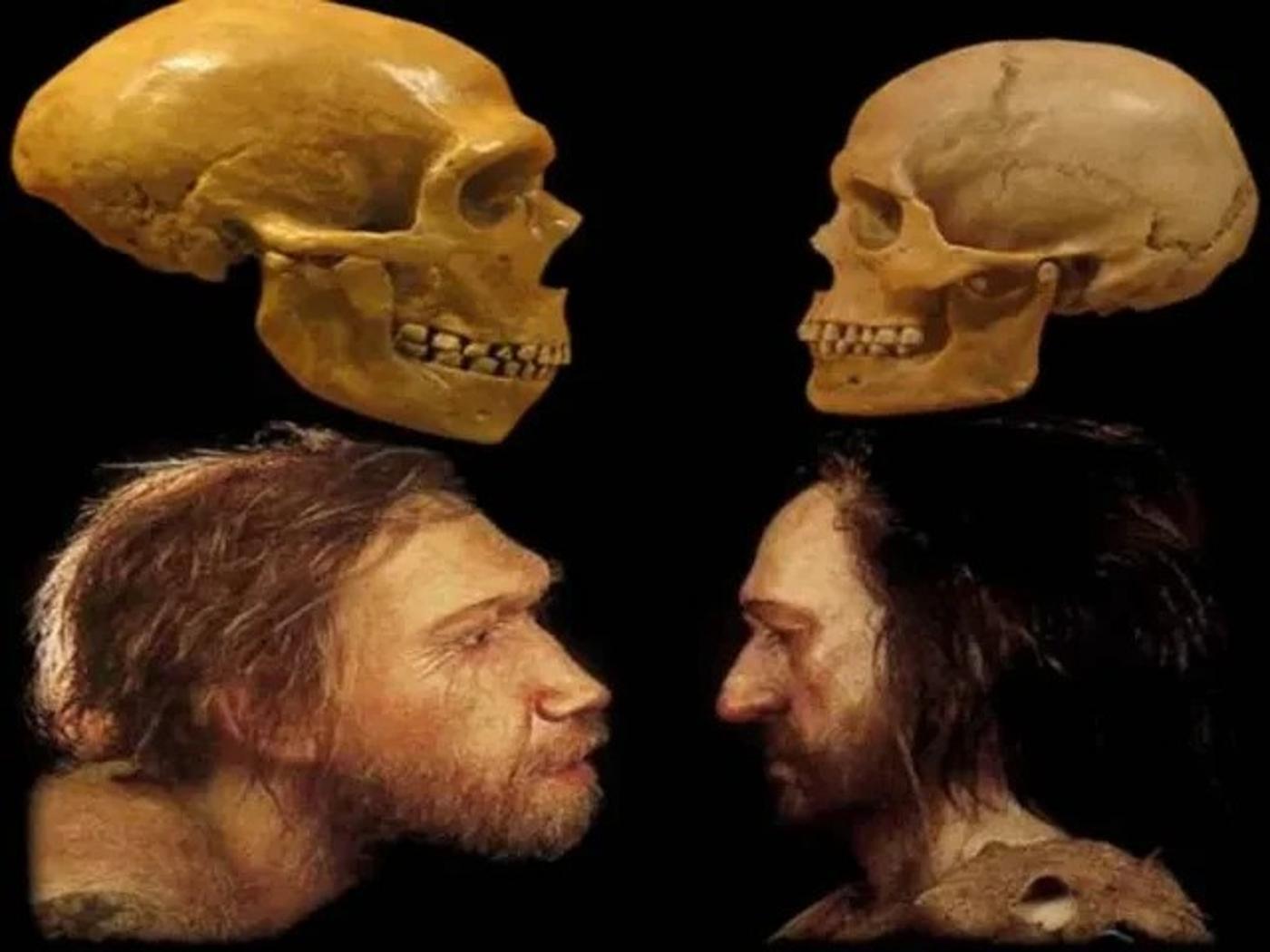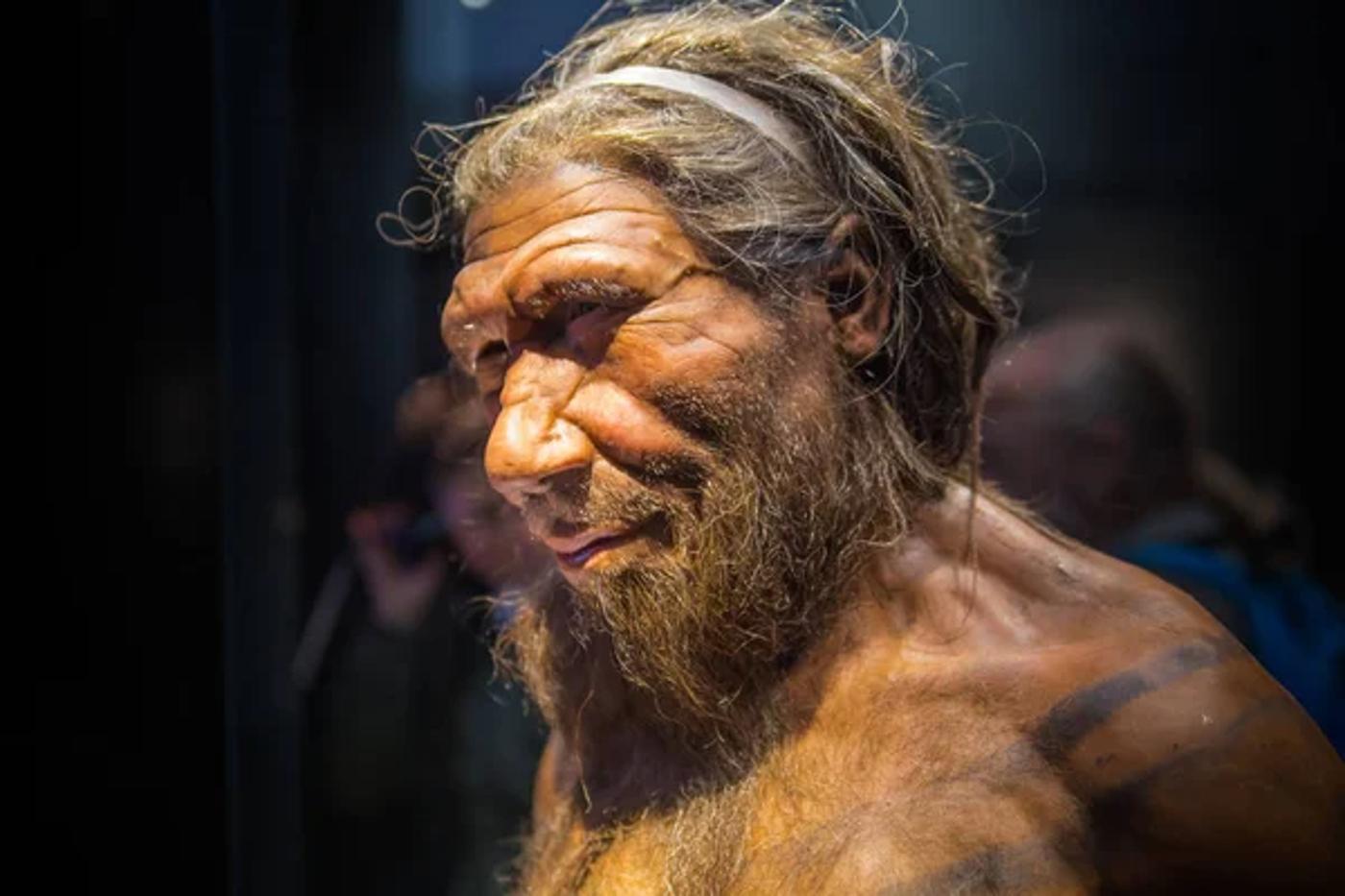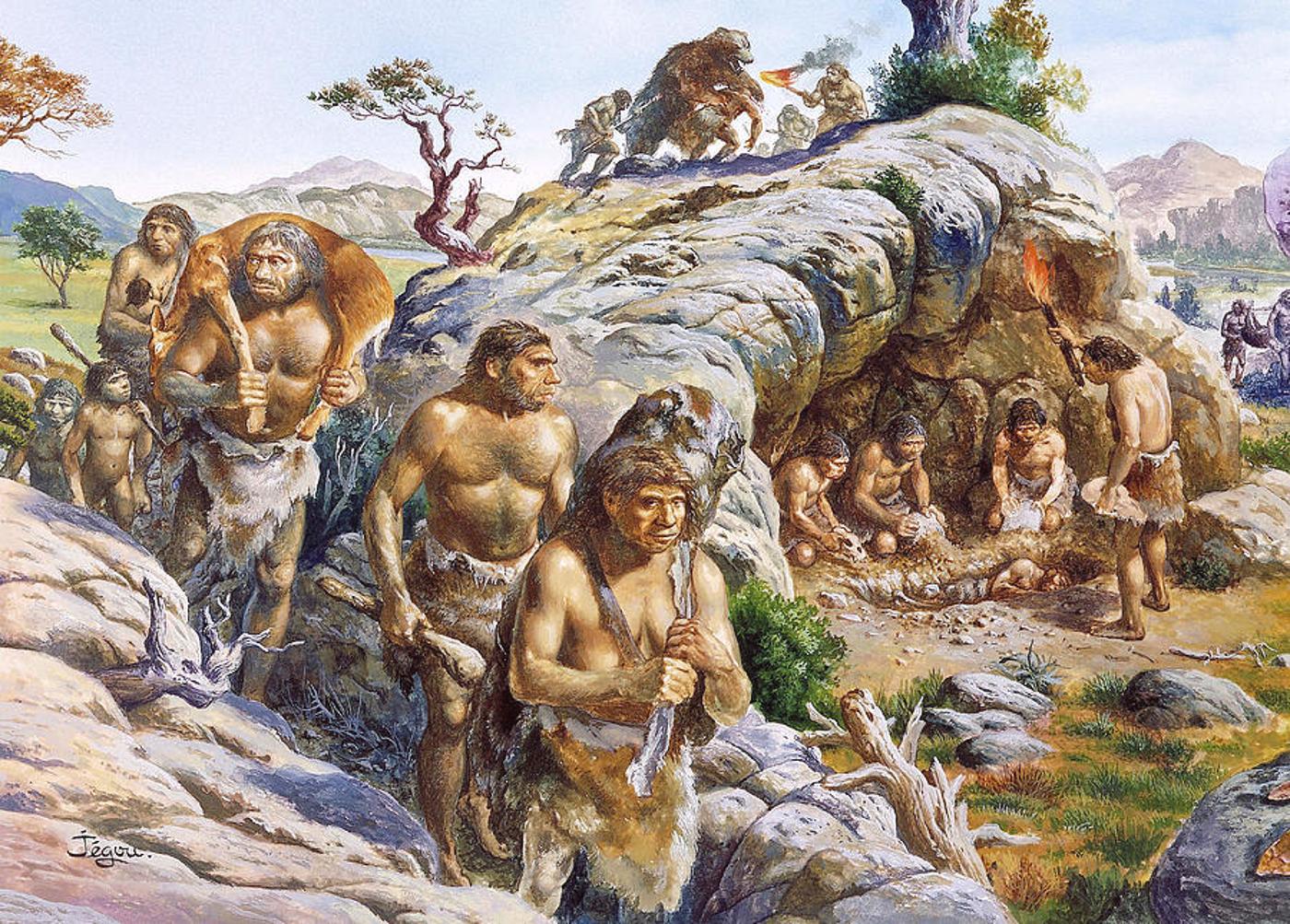While Homo sapiens are currently the only species of its kind on Earth, there was once a time when we lived alongside an extremely similar species called Homo neanderthalensis, or the Neanderthals.
Scientists know that Neanderthals went extinct around 40,000 years ago, but they have struggled to understand why we survived and they didn’t. But thanks to a recent study of viruses in Neanderthals, they may finally have their answer.
Neanderthals and Humans: Similar But Different

Neanderthals are considered the closest human relatives to human beings; evidence suggests that both groups shared a common ancestor but that they evolved into two completely separate species around 500,000 years ago.
But make no mistake, Neanderthals and humans are not the same. Neanderthals looked slightly similar to ancient humans, but their DNA was distinctly different.
Neanderthals Went Extinct 40,000 Years Ago

Thanks to extensive research and various fossils, scientists also understand that Neanderthal and humans lived simultaneously for more than 450,000 years.
They don’t know exactly how intertwined their lives were, but they do know that the two species would occasionally cross paths, spend time together, and even mate. But, somehow, every last Neanderthal died about 40,000 years ago while humans continued to thrive.
Why Did the Neanderthals Go Extinct?

There has been extensive debate about why the Neanderthals went extinct and humans didn’t. While the two species were slightly different, they were certainly similar enough to either struggle or thrive in the same environment.
Several theories have been presented over the past few decades, but none have been proven because scientists lack any physical evidence.
Theories on Neanderthal Extinction

One theory states that Neanderthals couldn’t compete with the growing human population and lost out on necessary food and shelter. Another is that Neanderthals lived in colder climates, so when a cold front arrived about 40,000 years ago, they died while humans living further south survived.
Additionally, some say humans were simply smarter and used weapons to defeat the less intelligent species.
Neanderthals May Have Been Struggling to Stay Healthy

While they have struggled to agree on an exact reason, most scientists agree that poor health likely contributed to the Neanderthal extinction.
From competing with a rival species to surviving a cold front or even fighting against humans, if Neanderthals were struggling to stay healthy, they could never have survived.
Researchers Find Evidence in Neanderthal DNA

Finally, there is tangible evidence to support this hypothesis: scientists analyzed ancient Neanderthal DNA and found something exceptionally interesting.
A team of researchers studied the DNA of two Neanderthals, one adult and one child male, from the Chagyrskaya Cave in what is now Southern Siberia, specifically looking for the residue of viruses. And they found three different ones: adenovirus, herpesvirus, and papillomavirus.
Viruses Found in Neanderthal DNA

These three viruses are interesting because, even though they were found in Neanderthals who lived more than 50,000 years ago, they are quite common in human beings to this day.
Adenoviruses cause respiratory infections, such as the common cold and flu. Herpesviruses cause genital warts or cold sores, and papillomaviruses can cause certain cancers, including cervical cancer.
Humans and Neanderthals Passed Diseases Back and Forth

This finding has confirmed the theory that humans and Neanderthals spent at least some time together, as clearly, the viruses were present in both species.
Additionally, many scientists believe that it proves the hypothesis that poor health was at least a part of the reason why Neanderthals went extinct. As Marcelo Briones, a co-author of the study, explained, “A cold does not have to be fatal to decrease hunting efficiency or reproductive ability.”
Why Didn’t the Viruses Destroy Human Beings?

Of course, many have wondered why, if these viruses supposedly were passed between Neanderthals and ancient humans, they could have led to the extinction of one species and not the other.
Some say that it’s likely because humans’ immune systems were stronger than those of their Neanderthal cousins. However, it’s almost impossible to say for sure.
Studying DNA Is Extremely Difficult

The truth is that studying DNA is a tricky business. Studying just fragments of DNA, such as those from ancient humans and Neanderthals, can often lead to misinterpretation of the data.
In fact, some scientists have all but dismissed the study, saying that a great deal more research would need to be conducted before they can finalize this theory. However, finding viruses in Neanderthals is certainly still exciting, even if it doesn’t prove the extinction theory.
This Information Will Help Modern Medicine

In addition to being exceptionally interesting for anthropologists and archeologists, the discovery of these viruses in Neanderthals from 50,000 years ago can also help doctors today.
Tasha Tabachnikova, a PhD candidate studying herpesvirus at Yale School of Medicine, explained, “[Viruses] have a huge impact on human health because they are long-lived infections.” Any additional information could improve how we treat and vaccinate against these often deadly diseases.








































